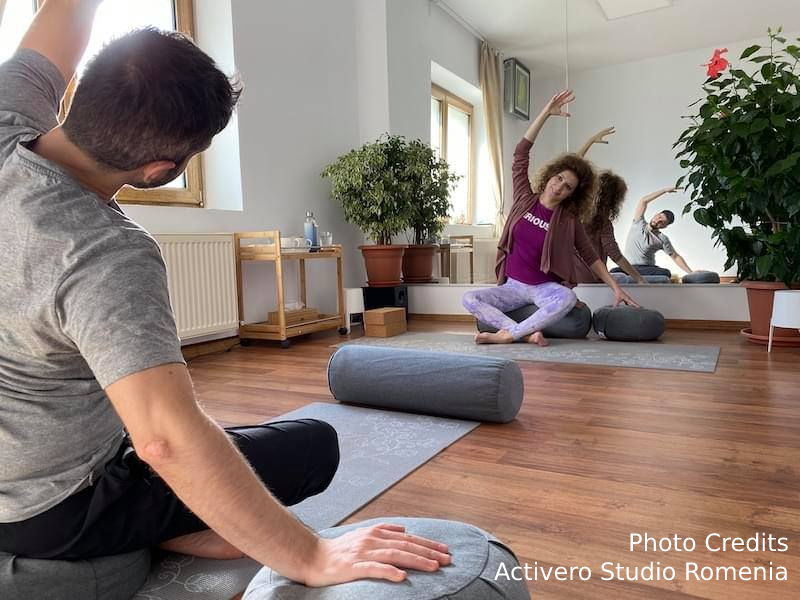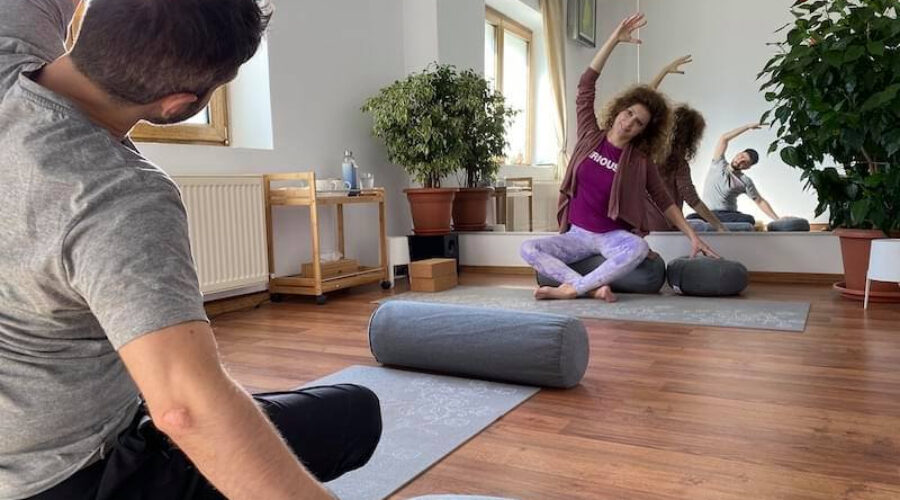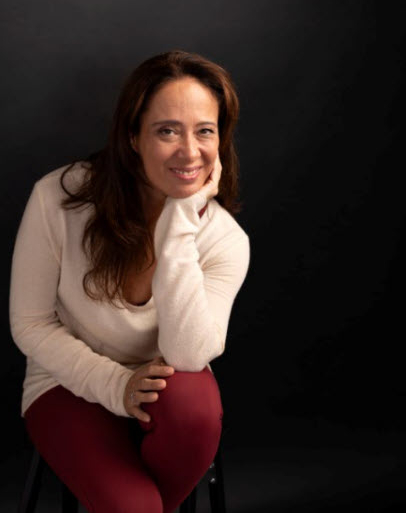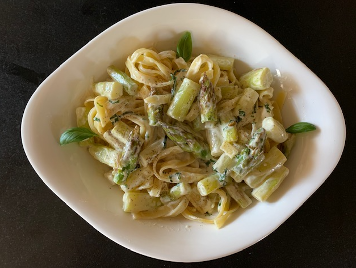12 lessons learned from my case studies as a yoga therapy trainee

Perhaps the most exciting part while training to become a yoga therapist is related to the case studies. As encouraged in our training at The Yoga Therapy Institute in Amsterdam, we just need to start where we are, to practice with a fellow student, a neighbor, or partner, at home, in a yoga studio, online. There’s no right moment to kick this off, and the most important, as yoga therapists in training it’s essential to seek for progress in our learning process. In my opinion, this can only come from practice, which will build up our self-confidence, will help gaining experience and will nurture a continuous appetite to explore more about our clients and their needs.
Below are 12 of my core lessons learned along my 160+ hours of case studies needed on my path to become an IAYT-certified therapist. I’m sure everyone will have their own learnings and I guess that only by sharing we realize how common both our struggles & discoveries are. Enjoy the reading!
- Beyond the initial overall intake, each and every session has to start with a mini-intake which is sometimes even more important than the initial one. This will give us an “update” on where our clients are on that day, at that specific moment of our meeting.
- As part of this, it is essential to know what the client has done before / will do after our session together. You don’t want to put to sleep someone who still needs to do some work (even if it’s in the evening) or to energize someone who is preparing to rest (even if it’s mid-day).
- By listening in an active way and asking open questions, the client already makes the “plan” for each YT session. So, as long as we know our tools very well, we will always be create a session plan based on the real need of our client and not on the vision in our head.
- As Yoga Therapists, it is essential to know the tools, but in most cases the best thing that we can do it to “forget” about them and let ourselves guided by the client and his internal wisdom; we need to permanently stay aware of the contra-indications.
- Sometimes, physical and breathing assessment cannot be done “by the book” – for example, I had to unlearn many times all that I learned, because the client’s physical condition was not allowing me to do all the postures listed in the assessment. It’s not about doing it all, but about mastering techniques in an adapted way.
- For some clients, even the intake & physical and breathing assessments are therapeutic. Especially the breathing assessment is considered by many a session in itself, where they learn a lot about themselves.
- Creating a safe space for the clients is crucial – sometimes, it doesn’t matter what you are actually doing there with them, as long as they feel this safety to express their bodies & minds. Doing this offline is easier, while online it has a different feeling.
- Online vs offline sessions are clearly different. Clients love guided YT sessions especially offline because it gives them a space which they cannot find at home. Also, offline space offers them the chance to make sure their practice is carefully being supervised by the yoga therapist – which gives them an extra sense of safety. Face-to-face coregulation has also a strong effect while offline. At the same time, yoga therapy magic works also online: especially during the pandemics, the simple listening part during the intake / assessments can have a therapeutical effect and impact.
- Sessions are not working if the clients are not willing to engage / are only brought there by their relatives / friends. Their commitment to the practice and willingness to show up are essential for both the client & the yoga therapist. Many times, I had to let go and understand that there’s no point insisting, even with my best intentions.
- Each of the clients that I worked with for my case studies could be easily counted in at least 2 categories (multiple health issues), and each client had an underlying trauma history (and there’s no such thing as big or small trauma, as everyone experiences it in a different way!). Therefore, almost in all my sessions I had to apply a trauma-sensitive approach.
- Almost every woman that I worked with was be a case study for the “Yoga therapy for the reproductive system, family dynamics and the ageing process” module. This is a point where I got almost with all my female case studies, even if we started with a muscular-skeletal, endocrine, digestive etc. issue.
- I did almost all my case studies while also being pregnant, and this is definitely an experience that I won’t forget! I was lucky enough to have a great mood and level of energy along my pregnancy and this allowed me to work in the best conditions. The key challenge was for me to find the middle way between my needs as a pregnant woman and my clients’ needs – so, it remains safe for both of us. This triggered even more my creativity, which is always good in this kind of work ?
As one last piece of advice, I encourage every student to reach out to their communities, to their mentors and peers and share, share, share…I cannot stress enough how important it is to get out of our own bubbles and to approach our mission with a flexible, learning-oriented mindset and…an open heart!





